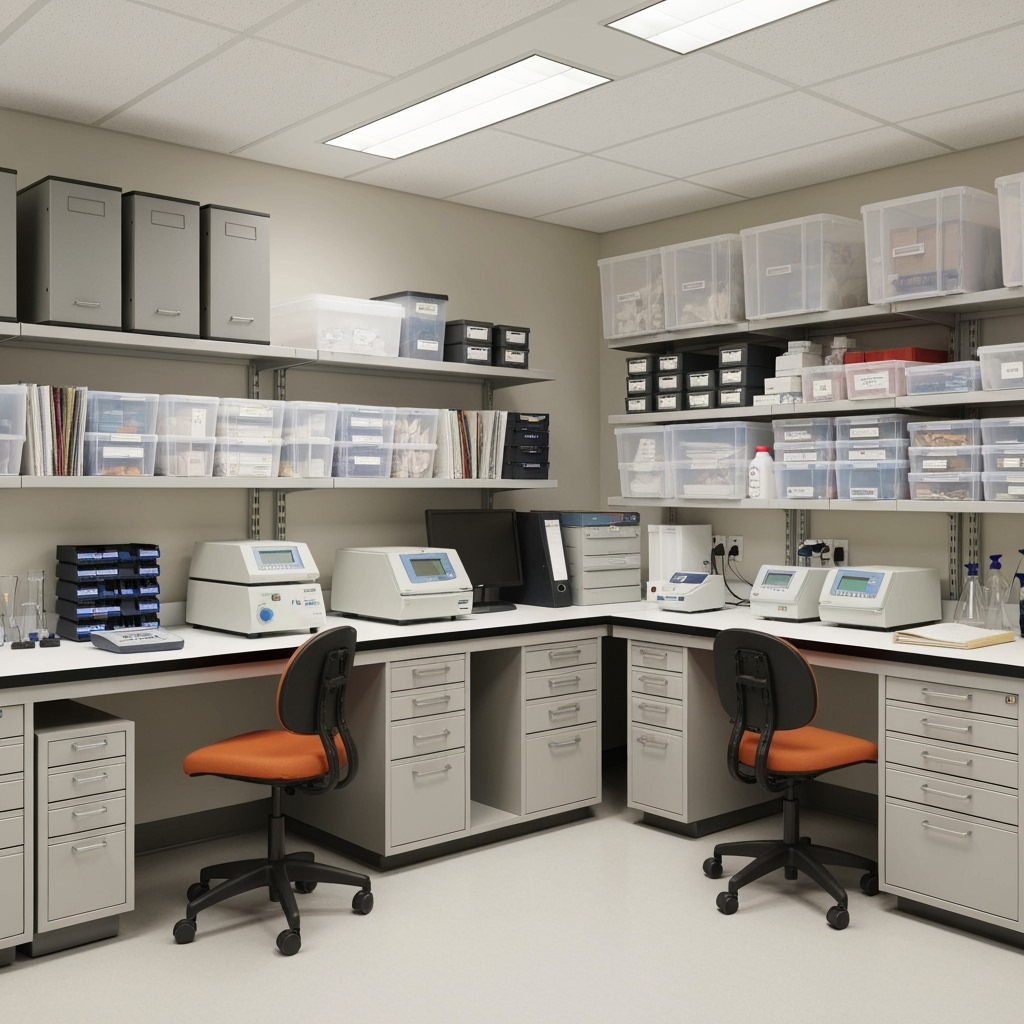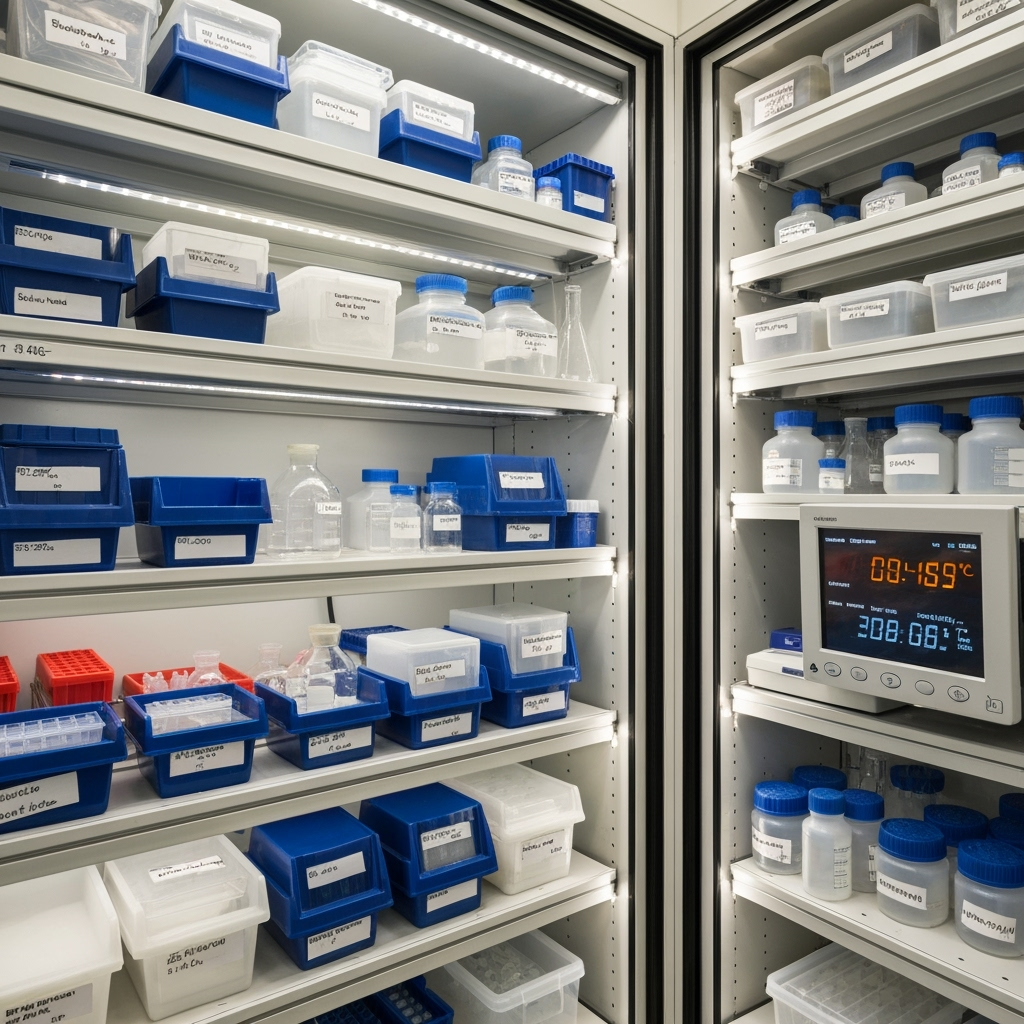
Managing Research Materials: A Critical Challenge for Academics
For graduate students and academic researchers, proper storage of research materials, specimens, and documentation is not just about organization—it’s about protecting valuable data and maintaining the integrity of ongoing research. Whether you’re working on a long-term study or managing multiple research projects, having the right storage solution is crucial for academic success.
Why Climate-Controlled Storage Matters for Research Materials
Research materials often require specific environmental conditions to maintain their integrity. Climate-controlled storage units offer:
- Consistent temperature regulation to protect sensitive equipment
- Humidity control to prevent document degradation
- Protection from environmental factors that could compromise research integrity
- Secure space for long-term data preservation

Organizing Your Research Storage Space
1. Documentation and Data Storage
Create a systematic approach to storing:
- Physical research documents and notes
- Backup hard drives and digital storage devices
- Research journals and reference materials
- Consent forms and administrative documentation
2. Equipment and Materials Management
Properly store:
- Research equipment and instruments
- Laboratory supplies and materials
- Specimens and samples
- Calibration tools and maintenance equipment
Smart Storage Strategies for Academic Success
Implement a Clear Labeling System
Develop a comprehensive labeling system that includes:
- Project identifiers and dates
- Storage conditions requirements
- Access restrictions and handling instructions
- Inventory tracking information
Create a Digital Inventory
Maintain an updated digital inventory of:
- Stored materials and their locations
- Access logs and check-out systems
- Maintenance schedules for equipment
- Environmental monitoring records
Security and Access Considerations
Protect your research with:
- Secure access controls and monitoring
- Regular security audits
- Backup systems for critical data
- Emergency response protocols
Making the Most of Your Storage Unit
Space Optimization Tips
- Use vertical storage solutions to maximize space
- Install adjustable shelving for flexibility
- Create designated zones for different types of materials
- Implement a rotation system for frequently accessed items
Choosing the Right Storage Solution
Consider these factors when selecting a storage unit:
- Size requirements for current and future needs
- Climate control capabilities
- Accessibility and location
- Security features and monitoring
- Cost and budget considerations
Best Practices for Long-Term Research Storage
Maintain research integrity with:
- Regular inventory checks and updates
- Environmental monitoring and documentation
- Proper handling and storage protocols
- Scheduled maintenance and cleaning
Conclusion
Proper storage solutions are essential for academic success and research integrity. By implementing these smart storage strategies and utilizing climate-controlled units, researchers and graduate students can protect their valuable materials while maintaining efficient access to their research resources. Public Storage offers the secure, climate-controlled environments necessary for preserving your academic work and materials.










Leave a Reply